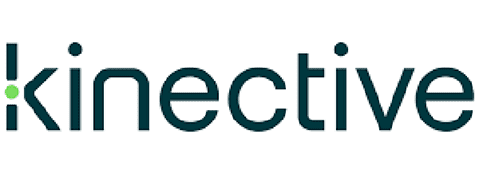LESSON 2
Templates and Attachments
Introduction
Templates are foundational to all eSign projects. Without templates, eSign does not know where to place signature fields, what type of document is being signed, or what values to use to identify the signer(s) and save the completed documents to the archive.
In this lesson we will dive deeper into the various components of templates and explore the considerations you should be discussing for your project. We will also discuss attachments, which, like templates, describe documents we will be handling, but have important differences.
Key Elements
- What Templates are and how they are used
- Source Documents, the different types, and how they get into eSign
- The different elements of a template and why each is important
- Attachments – when they are used instead of Templates
Lesson Video
Learning Objectives
- Record the various source documents you will need to have templates for
- Identify the different types of documents you will need to have attachments defined for
- Record the indexes to be used in relation to templates you’ll define
- Be able to determine the types of source documents you’ll use and their characteristics
Resources
Glossary
Source Document: documents which are mostly generated by business systems and are intended for review or signature. Source Documents can be either static or dynamic.
API: a programmatic interface between two software products. With some business systems, IMM has an API that can streamline the business process for the end user.
Template: a set of instructions created administratively that will identify a source document name (e.g., Signature Card), extract index values, specify signature location(s) and signing party(ies), and may also be used to collect additional data.
Attachment: a document or file that is not part of the collection of templated source documents but that may need to be collected or included in the signing session.
Index: values that are captured from source documents per the template definitions and may include signer names, account numbers, tax IDs, dates, etc.
Party: the person or persons responsible for signing the electronic documents
What's Next
In Lesson 3 we will further explore the details surrounding the signing activity, both in branch and remotely. During this lesson you will consider what the signing experience should be like for your employees and signers alike including what methods they can use and what devices they will employ. Be ready to have some discussions as a team!
